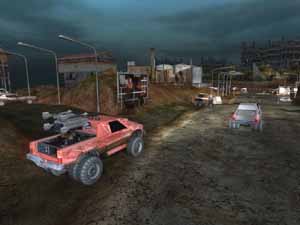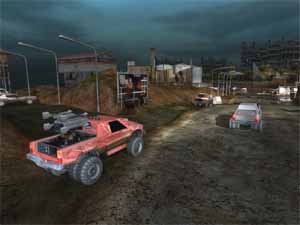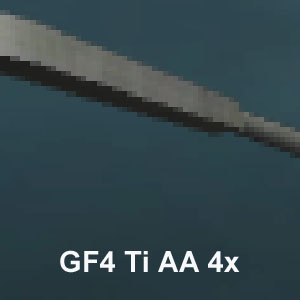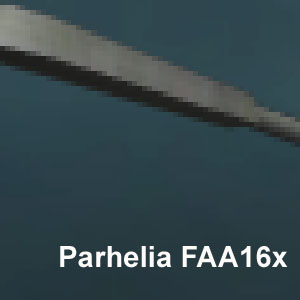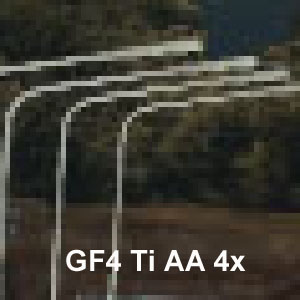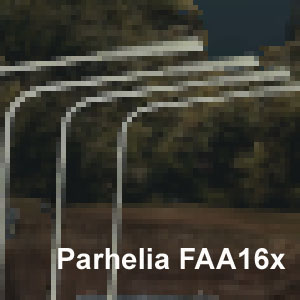This chip is presented by Matrox Parhelia 128MB DDR, 220/550 MHz (Retail), AGP card.
Features:
- Matrox Parhelia-512 chip, 220 MHz clock rate, 512-bit bus;
- 128MB DDR SDRAM in 8 Infineon 3.3ns chips, 275 (550) MHz clock rate;
- Peak fill rate in the multitexturing mode is 880 megapixels/sec and 3520 megatexels/sec.
- Vertex Shader 2.0.
Overclocking is currently impossible.
While there were rumours about future R300 and RV250, not mentioning NV30, Canadian Matrox released its long-awaited powerful accelerator with very high-performance 2D graphics (triple monitor support) and a modern 3D engine. Pity, but the 0.15-micron process technology hasn't enabled the developers to raise GPU clock rate to the level of current accelerators (275-300 MHz), that negatively affected card's performance. (See the review of this card). Nevertheless, it's a revolution comparing to the previous Matrox products. However, a very expensive one...
The company releases 128MB boards according to this roadmap:
- Parhelia 128MB (Retail) - 220 MHz core, 128MB of 275(550) MHz 256-bit DDR memory.
- Parhelia 128MB (OEM) - 200 MHz core, 128MB 250(500) MHz 256-bit DDR memory.
So, we divided the Parhelia section in two parts: Retail and OEM. Here we review the Retail version with higher clock rates.
Back to Parhelia-512. Comparing to the current latest products from ATI (RADEON 9700) and NVIDIA (GeForce4 Ti) Parhelia 512 looks rather humble. Of course, 16 texture modules seem to push the card to the next level, but according to our examination, on this stage 4 pipelines X 4 texture modules formula is useless, as very few applications support this multitexturing mode. This configuration gives a chance for fast bilinear and anisotropic filtering, but a theoretical one. Look: each texture module can select 4 samples for bilinear filtering. It's the standard. 4 texture modules - 16, 4 pipelines - 64. This is the point of Matrox marketing, claiming 64 textures per clock. Yes, at that we get either 4 bilinear, or 2 trilinear or anisotropic (8-level), or 1 anisotropic (16-level) filtered textures per clock. Seems that in case of older (99.9%) «dual-texture» applications, anisotropic filtering must not cause performance losses. However, further you will see it's not as it seems.
Actualy, now Parhelia has only one DirectX 9.0 feature - Displacement Mapping, enabling the considerably higher bump realism and detail. Unlike usual bumps, textured to triangles at rendering, that do not affect dot visibility (a bump map simulates only dot lighting, not it's actual position), Displacement Mapping enables to create geometrically correct bumps, which intersection will not be an ideal right line.
Antialiasing is one of the most important 3D features.
I recommend you to read our Matrox
Parhelia analysis again about the new Matrox AA technique. It's
actualy up to 16 counts/dot supersampling. But it's performed ONLY
(!) for polygon BORDER=1 dots (3-5% of a typical scene).

